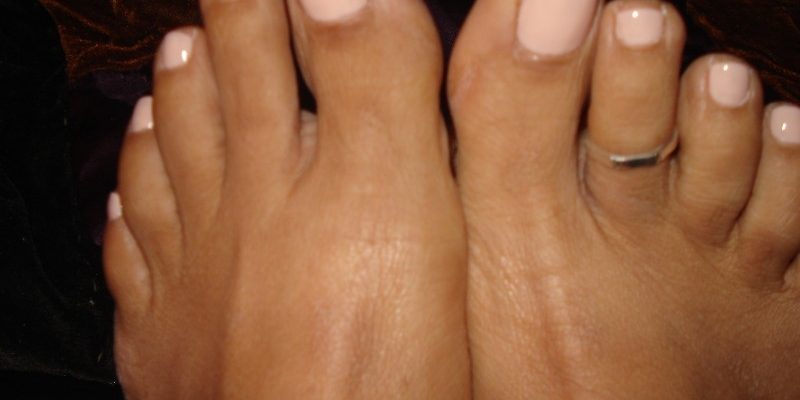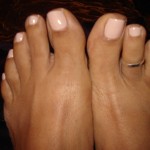Neuropathy
Diabetic nerve damage hurts and also lessens your ability to feel cold or pain. It is possible to not feel a foot injury. It could cause you to hurt yourself and not even realize it. Always inspect your feet for blisters or injuries.
nerve damage hurts and also lessens your ability to feel cold or pain. It is possible to not feel a foot injury. It could cause you to hurt yourself and not even realize it. Always inspect your feet for blisters or injuries.
Nerve damage could also change the shape of your toes and feet. You may want to consider special shoes if your feet have an irregular shape.
if your feet have an irregular shape.
Always take care of your feet!
Skin Changes
Pay attention to the skin on your feet. Your skin may peel and crack due to the nerves in your feet not working correctly. You will want to pay attention to this. After showering, dry your feet and seal in the remaining moisture with a thin coat of plain petroleum jelly.
Calluses
Calluses are common on the feet of people with diabetes . Calluses, if not trimmed, can turn into ulcers. If you have a callus, have a health care professional trim it—doing it yourself can lead to problems.
. Calluses, if not trimmed, can turn into ulcers. If you have a callus, have a health care professional trim it—doing it yourself can lead to problems.
Using a pumice stone on wet skin every day after you shower and before you moisturize.
Foot Ulcers
Ulcers are often found on the ball of the foot or under the big toe. Even though they may not hurt, every ulcer should be seen by your health care provider right away. You do not want to neglect ulcers—the consequences are dire.
right away. You do not want to neglect ulcers—the consequences are dire.
Keeping off your feet is very important. Walking on an ulcer can make it get larger and force the infection deeper into your foot. Your health care provider may put a special shoe, brace, or cast on your foot to protect it.
Poor Circulation
Poor circulation also makes feet vulnerable to disease. Diabetes can cause poor circulation to your feet. Do not add to this by smoking cigarettes. Also, keep cholesterol and blood pressure under control.
and blood pressure under control.
The bottom line is—take good care of your feet!









